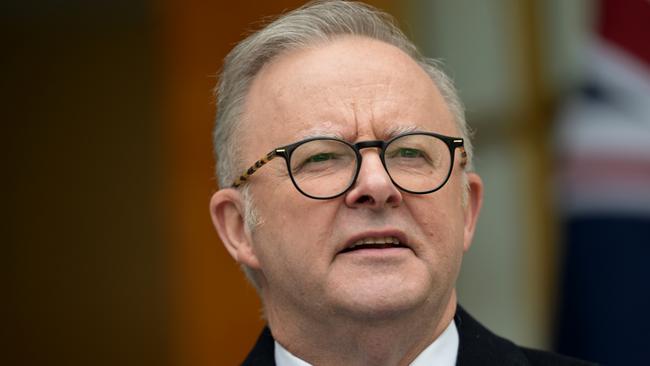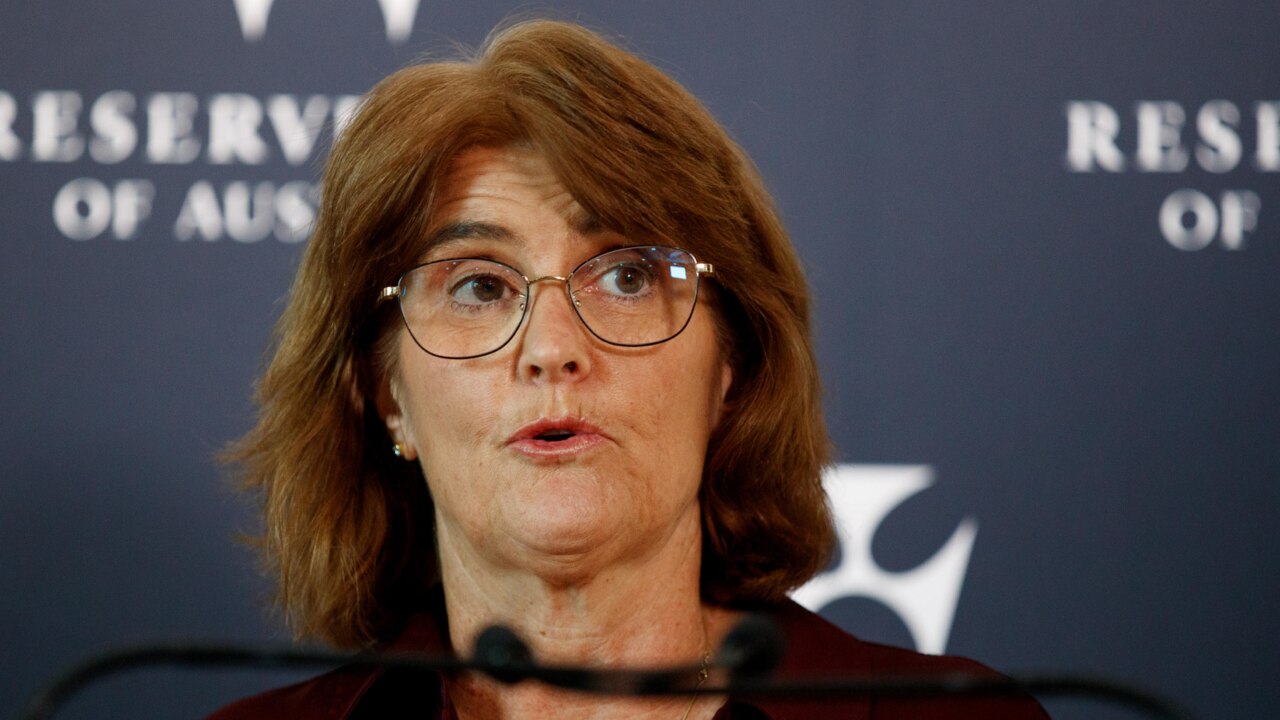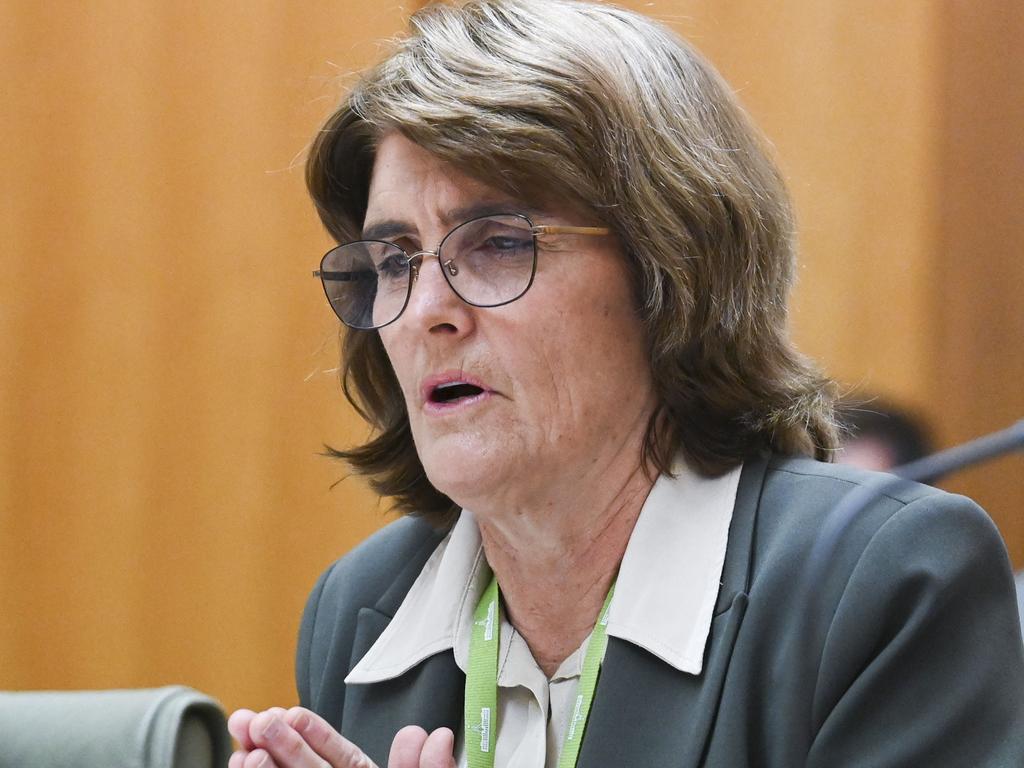States’ spending spree is pumping up demand and inflationary pressures
Canberra is not off the hook for its expansionary budget when inflation is public enemy No. 1.

Michele Bullock has provided temporary cover for a chastened Canberra by highlighting the fiscal profligacy in the provinces.
Spending sprees by the states and territories – election-bound Queensland and Western Australia, as well as debt-addled Victoria – are in the blame frame for a burst in public demand that the Reserve Bank forecasts will grow by double the rate of consumer spending and business investment in the year to next June.
Last week, in its toughest statements yet on the effect expansionary budgets were having on the level of demand in a supply-constrained economy, the central bank said it had pushed out the timeline for when underlying inflation would return to its 2.5 per cent target. Interest rate cuts, the hope of struggling borrowers, were off the table for the rest of this year.
“Public demand is forecast to be stronger than previously expected, reflecting recent public spending announcements by federal and state and territory governments,” said the RBA’s statement on monetary policy, which also included upgrades to economic growth.
An economy that is shuffling sideways is still pumping out jobs, albeit at a slower pace, due to tailwinds such as the migration boom and the remnants of the household savings built up during the pandemic. Consumers are shy, swamped by services inflation, and are cutting back on non-essentials. But it’s government consumption and infrastructure projects that are keeping demand elevated, still above supply according to RBA economists.
Westpac senior economist Pat Bustamante has calculated Canberra and the states would be pumping in an extra $60bn, or equivalent to a national “fiscal impulse” worth 2.2 per cent of gross domestic product, in the current financial year.

So the Albanese government, with a hefty 3.6 per cent after inflation increase in spending this year, is not off the hook.
Sure, government spending may not be the “main game”, as the RBA chief deflected in her parliamentary testimony, but it does leave a massive footprint at a time when the private sector is ailing.
The capital’s one-year turnaround in its underlying cash balance – from an estimated $9bn surplus to a $28bn deficit – is providing stimulus to an economy where inflation is still too high, productivity growth is yet to show its face and wages are pushing the envelope enough to worry officials.
Bullock did not go to Canberra on Friday to chide her hosts or deepen divisions on views about the state of the economy – “running a bit hot” as the RBA’s chief economist ventured a week ago, or definitely not hot, as Labor’s senior figures have insisted in recent days.
But the RBA’s warning shots, which have been circulating in private for months, were fired in public last week, after a board meeting that gave serious consideration to a rate hike.
As one senior official put it, there are real-world consequences for choosing to splurge taxpayer money when inflation remains public enemy No.1.







To join the conversation, please log in. Don't have an account? Register
Join the conversation, you are commenting as Logout